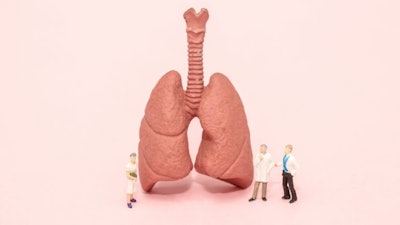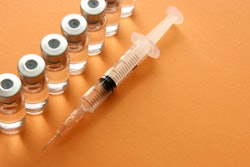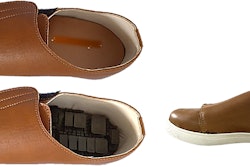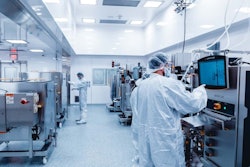When a patient needs an organ, there are two main hurdles in their way: finding a donor match, and ensuring their body doesn’t reject the new organ. According to a recent CNN Health article, 3D-printed organs could alleviate the pressure placed on donor lists by creating personalized organs from the patient’s own cells.
Organ bioprinting is a new type of regenerative medicine that is still in its development stage, but it could be commonplace in as little as ten years. It employs 3D-printing techniques to combine multiple types of cells, growth factors and biomaterials and assembles them layer-by-layer to create functional bioartificial organs.
Doctors begin by extracting the patient’s cells via a minimally invasive autopsy. These cells are isolated and grown in a sterile incubator or bioreactor that mimics the internal temperature and oxygenation of the human body and feeds them nutrients. They are then mixed with a glue-like gel to create bioink, a printable mix of living cells, hydrogels and the media and growth factors that make cells proliferate and differentiate. They are then ready to print, a process that can take several hours. The time from biopsy to implantation is about 4-6 weeks.























